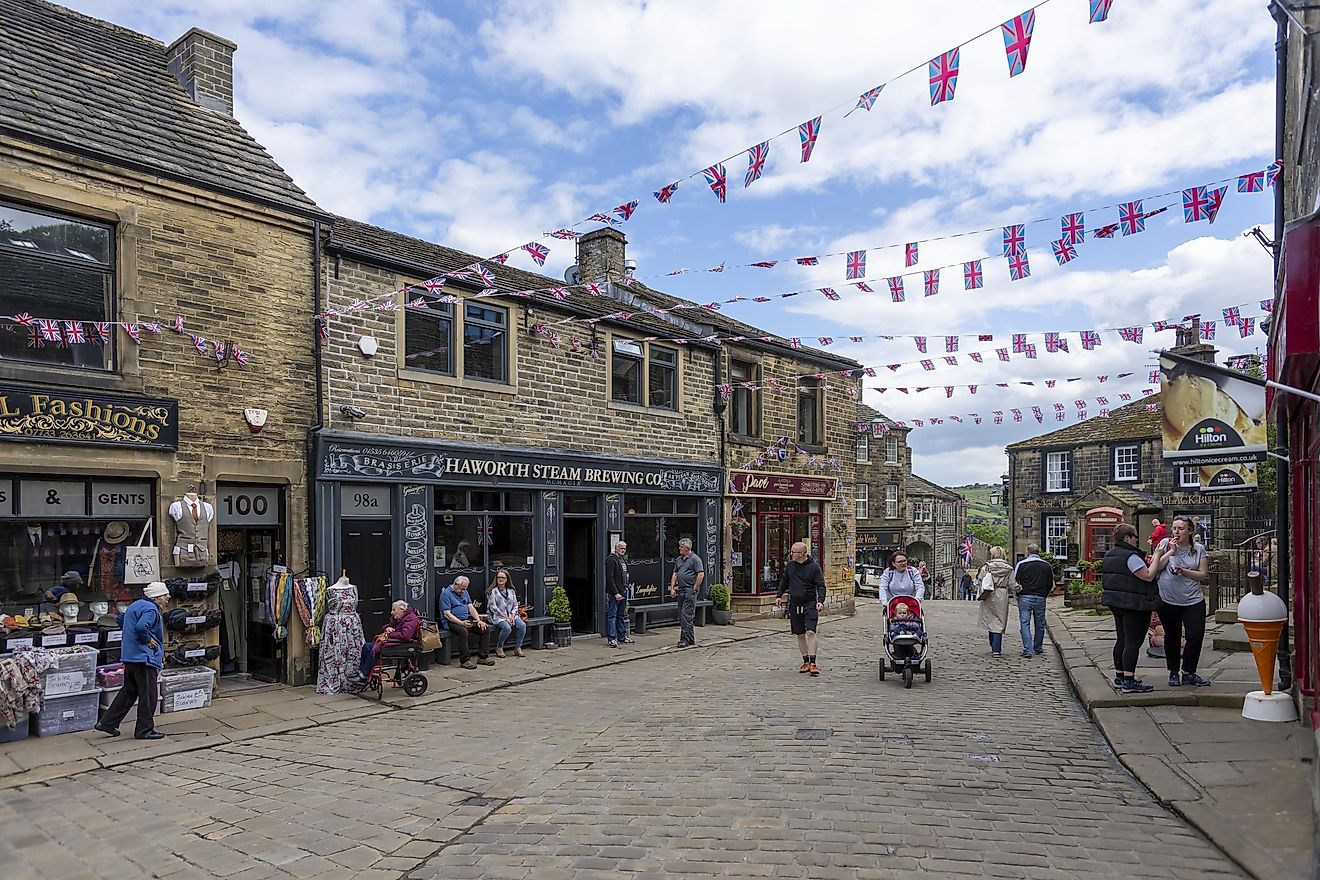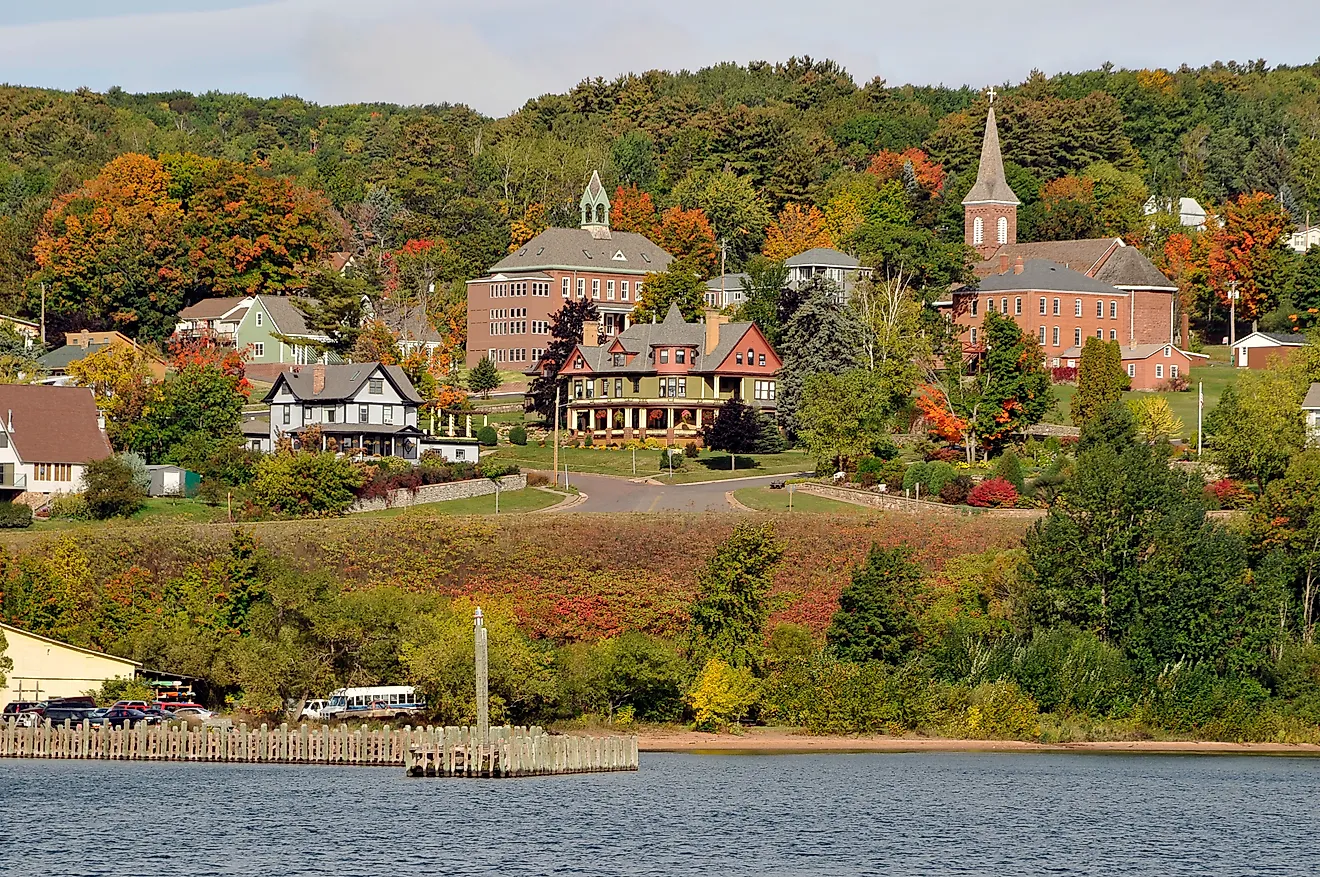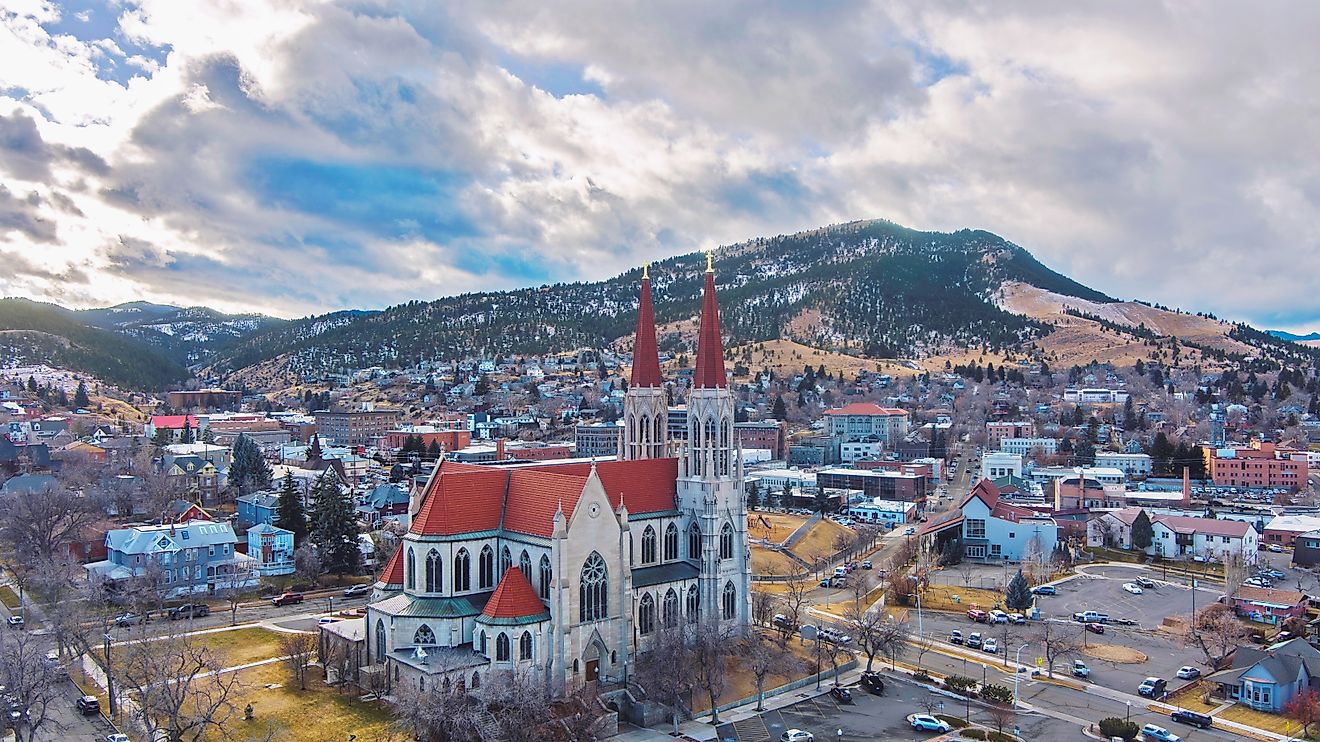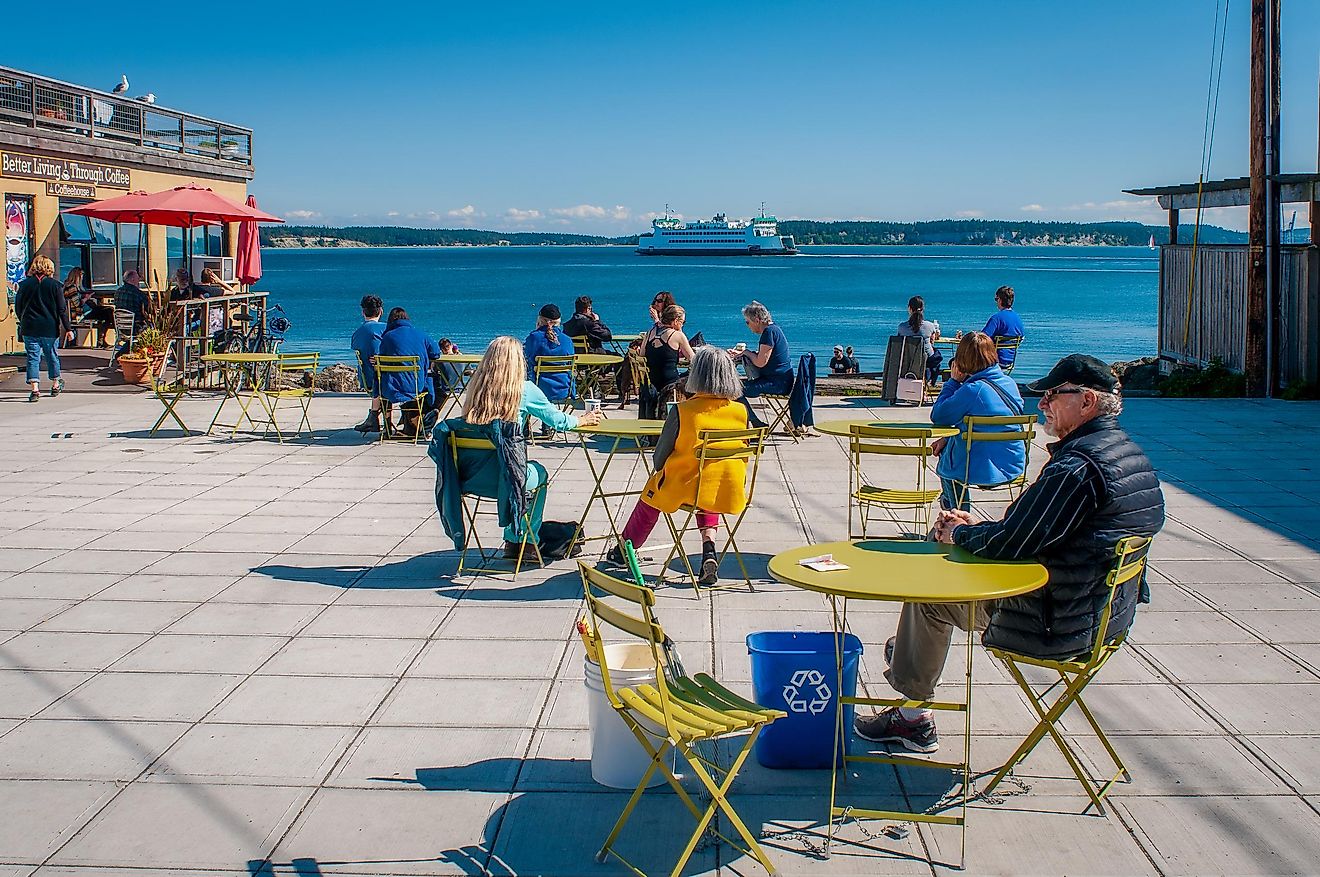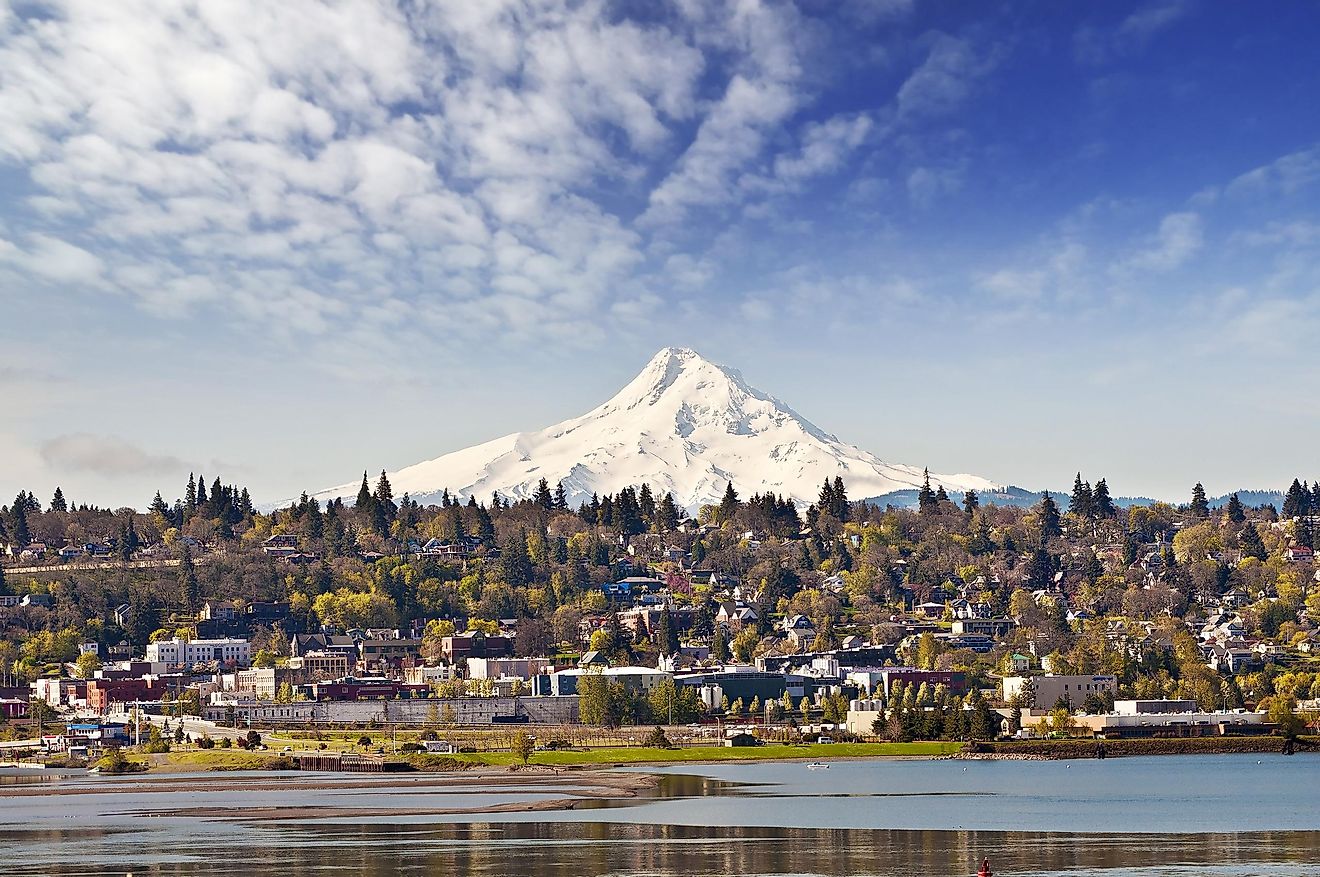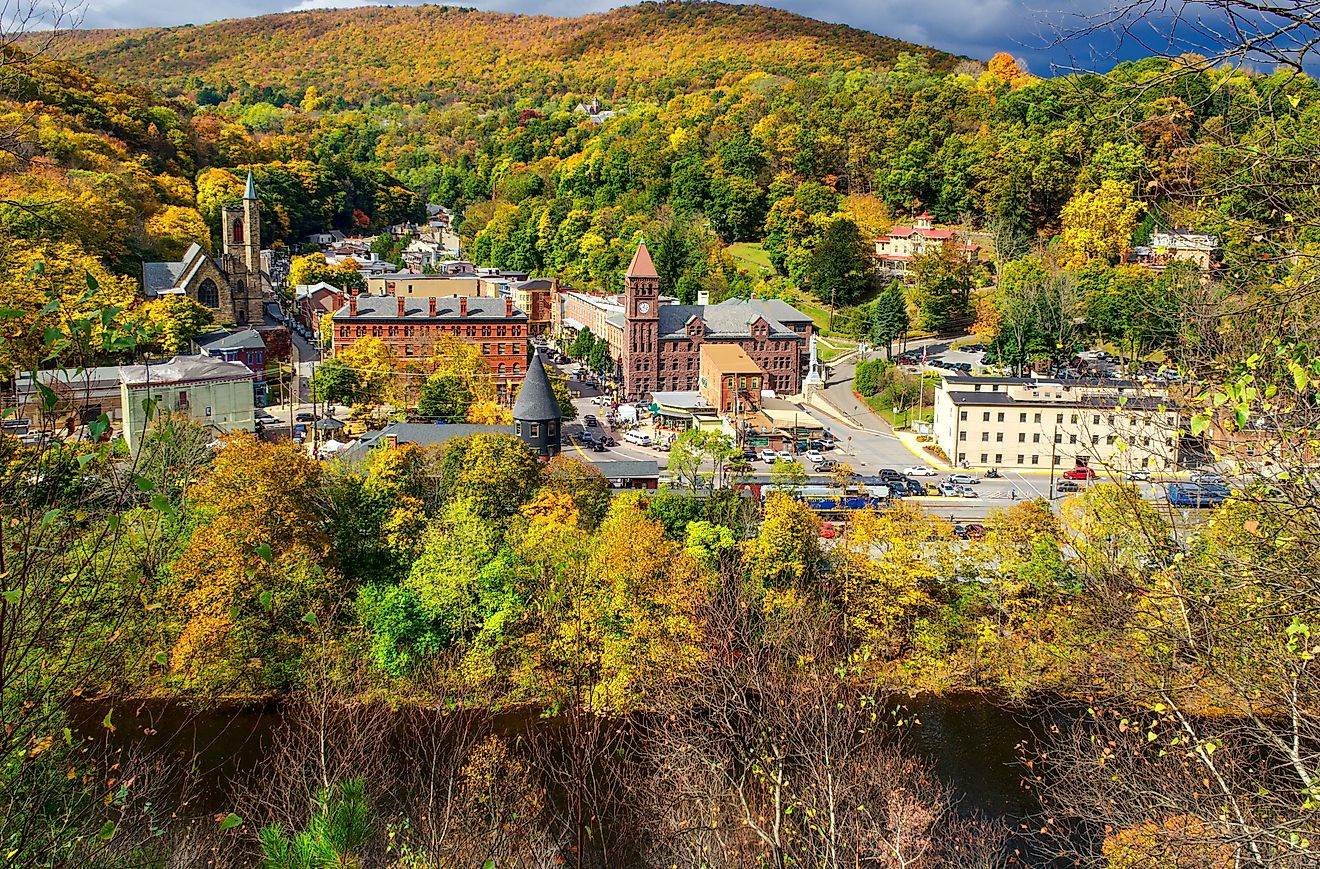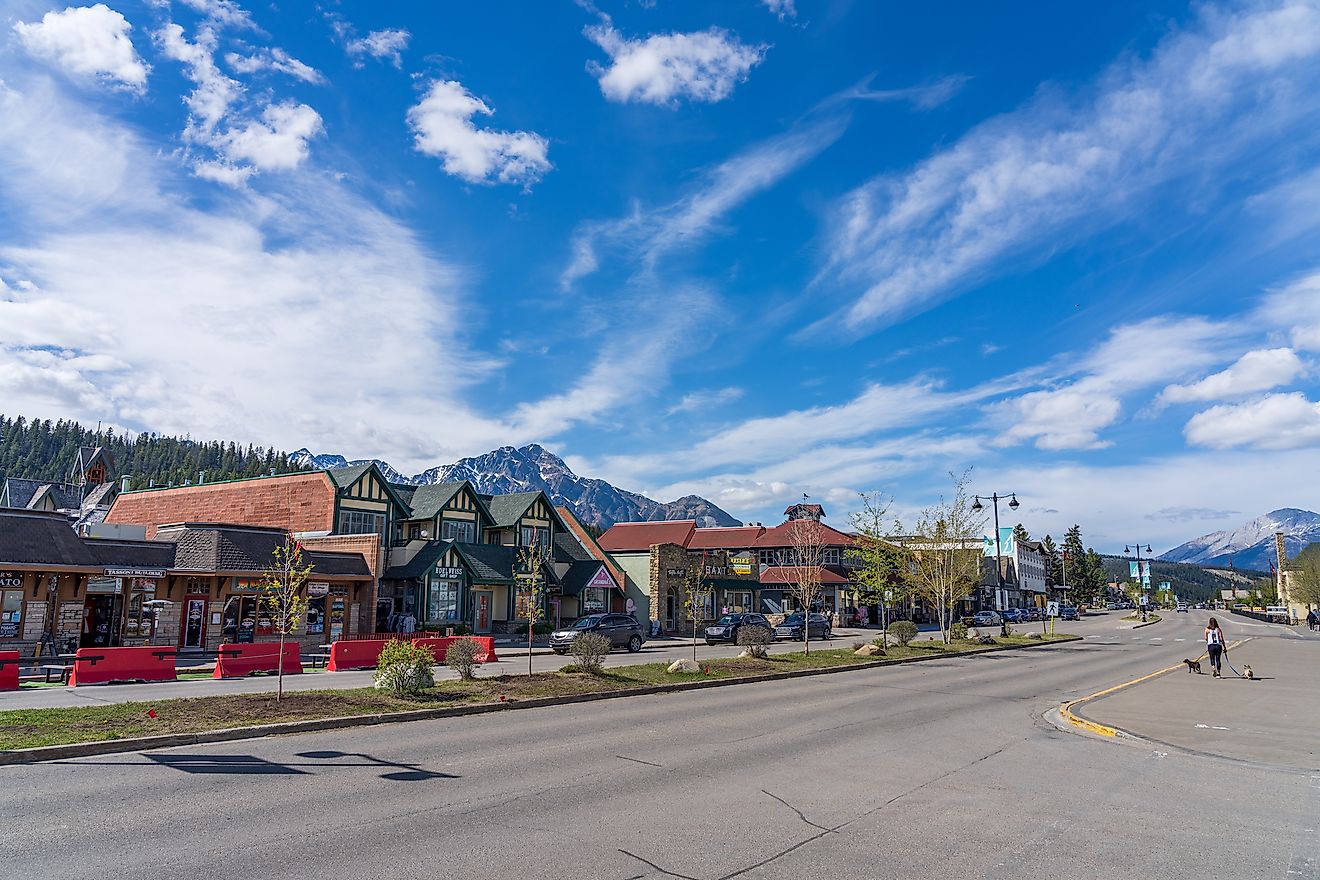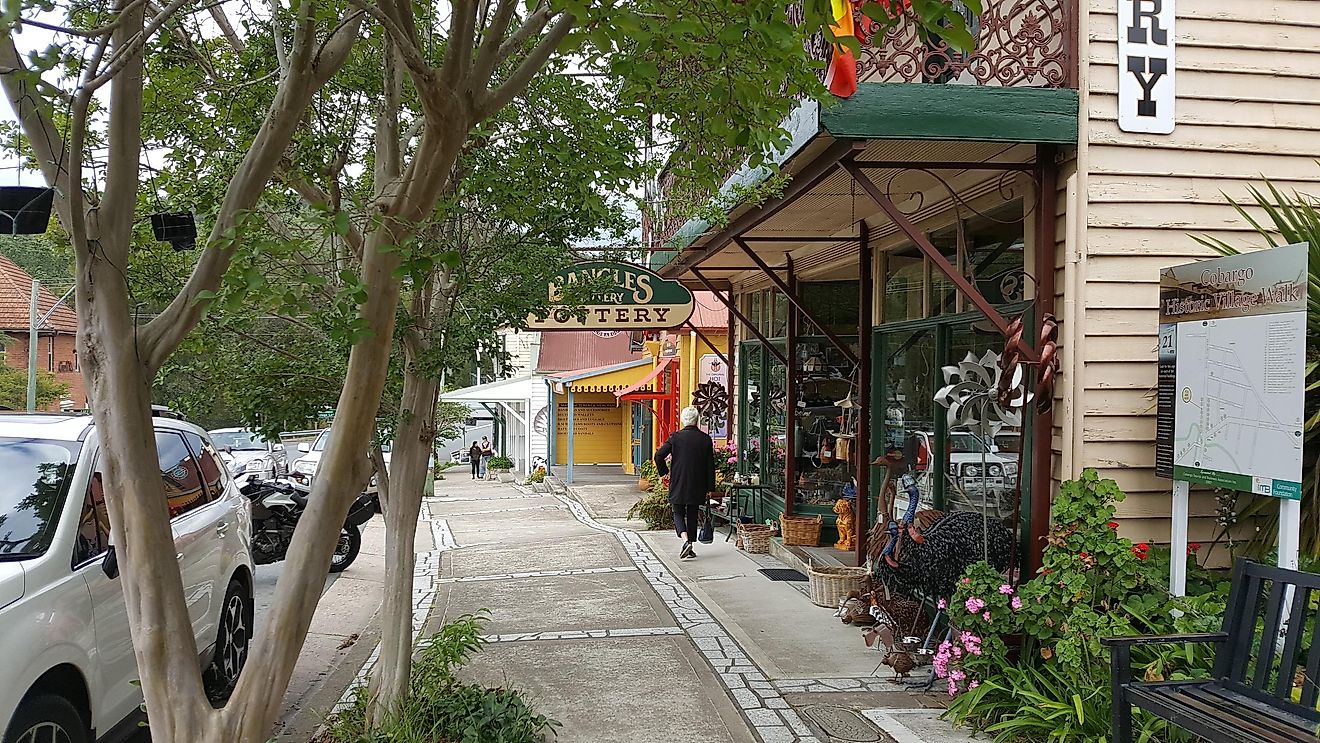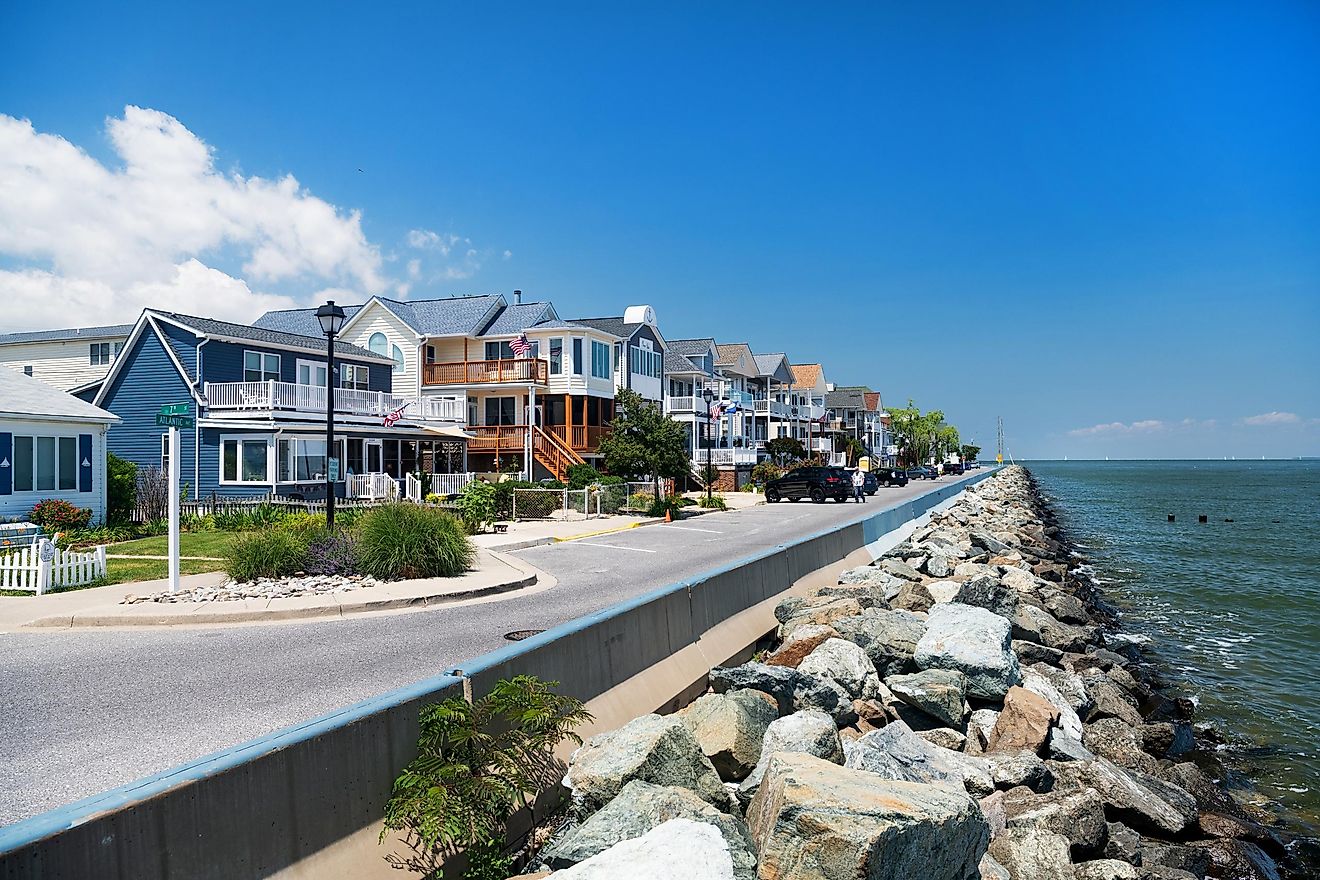
9 Most Charming Small Towns In Portugal
Portugal is one of the most picture-perfect nations in Europe. For starters, it enjoys a long Atlantic coastline consisting of brilliant beaches or ruggedly handsome cliffs. Inland, verdant mountain ranges rise dramatically – high enough for the winter snow to stick around. And no matter the geographical extreme, sunny skies will bless the scene. Portugal also has the oldest borders on the continent, meaning that many distinct empires and epochs have left their mark. Such historical and environmental appeals can be experienced uniquely across many charming small towns. These nine entries are sure to start first-timers off on the right foot.
Águeda
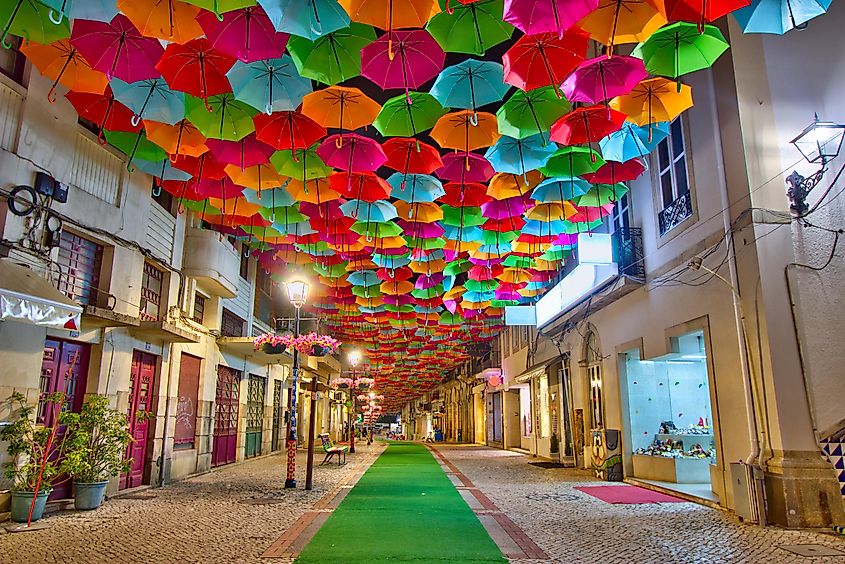
One of Portugal's most charming sights appears in July during the AgitÁgueda art festival, when about 3,000 colorful umbrellas hang over the main streets of Águeda. The display stays up through the hot months of August and September, providing shade for locals, visitors, and pilgrims. Yes, this small city in the Aveiro district is also a stop along the Camino Portugués – one of the most popular routes of the Camino de Santiago pilgrimage network. The "Umbrella City" has more to offer in terms of lively art. Each summer, a new batch of street murals covers Águeda, and in the winter, a blanket of purple flowers spreads over parts of the nearby Pateira de Fermentelos (the largest lagoon on the Iberian Peninsula).
Caminha
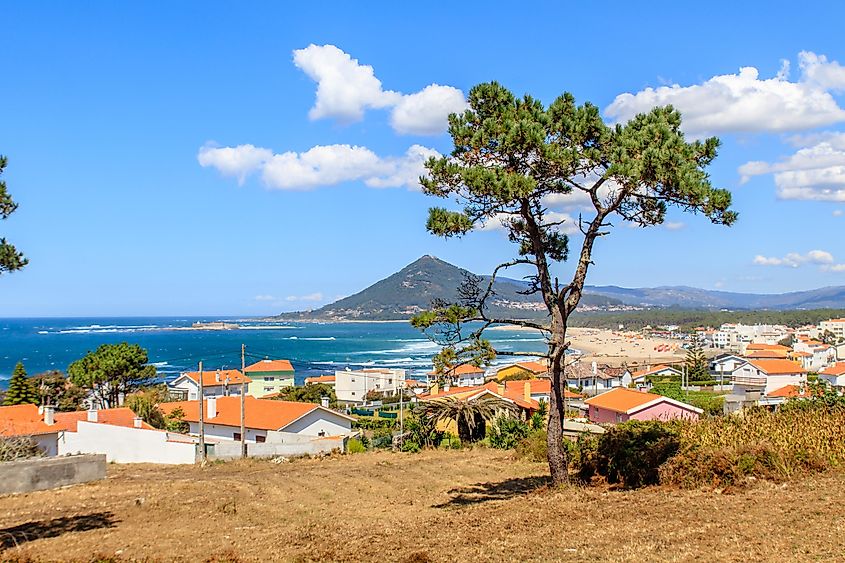
Caminha is another beautiful town on the Camino, this time along the Coastal Way branch of the Camino Portugués. This municipality in Viana do Castelo is just inland from the Atlantic Ocean, on the southern bank of the Minho River, which separates Northwestern Portugal and Northwestern Spain. At the river's mouth, two long beaches create a sandy peninsula, backed by a national forest of Camarido pine trees. The Camino passes through here via peaceful, fresh-scented trails leading to the international ferry crossing. The heart of Caminha is its partially fortified medieval old town, with the old castle-turned-clock tower serving as the entrance to Rua Direita and the charming historic center.
Piódão
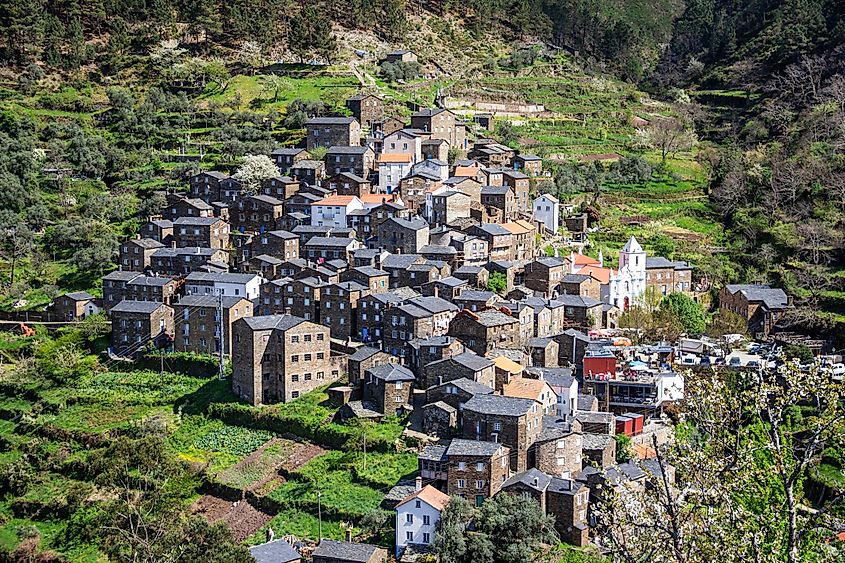
Clinging to the slopes of the lush Serra do Açor mountains, this centrally located village is easy to overlook but impossible to forget. Piódão is filled with understated schist buildings (and one bright white church), connected by narrow, winding streets, arranged like an amphitheater, and overlooking the green peaks, pastures, and calming springs. While Piódão alone makes for a perfect peaceful mountain escape, it is also an ideal base for exploring Parque Natural da Serra da Estrela – less than an hour's drive northeast. The largest protected area in Portugal offers rewarding hiking trails and features a ski resort on mainland Portugal's highest peak, Torre. The summit is accessible by car, and there's even a restaurant and chapel up there, complementing the breathtaking views.
Monsanto

Another mountain retreat with stunning aesthetics and breathtaking views is Monsanto, a village within the District of Castelo Branco. Still, within easy reach of Parque Natural da Serra da Estrela (about 90 kilometers or 59 miles to the northwest), Monsanto is only half that distance south of Reserva Natural da Serra da Malcata – a large forested reserve that is one of the few remaining sanctuaries for the endangered Iberian lynx. Monsanto itself has been called an "Island in the Sky" because of its collection of small, stone-walled, red-roofed houses and granite-paved streets – all built in harmony with the mountain and completely resistant to modernization. Its weathered yet stoic fortress, built by the Knights Templar, watches over the village. Treat yourself to the simple, traditional, and affordable dishes served in the charming taverns.
Tomar
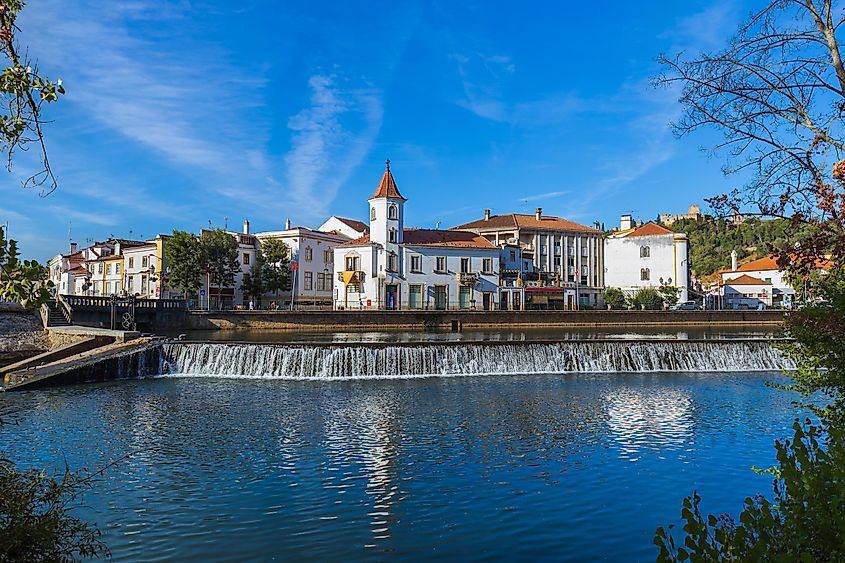
Let's explore one more page from the Camino Portugués guidebook with a visit to the charming riverside city of Tomar – the former seat of the Knights Templar. After walking along the Nabão River and admiring the rows of white, red-roofed buildings on both sides, head into the cobblestone, flower-lined streets of the historic old town and visit the Castelo de Tomar and Convento de Cristo. This UNESCO World Heritage Site is one of the most famous in Portugal. The former Templar fortress is divided into three sections by stone walls, which include well-maintained gardens, while the church features a 12th-century rotunda that complements its impressive exterior. The entire site was constructed in stages from the 12th to the 16th centuries, initially serving as a symbol of the Reconquest and later acting as a beacon for incoming cultures during the Manueline period.
Sintra
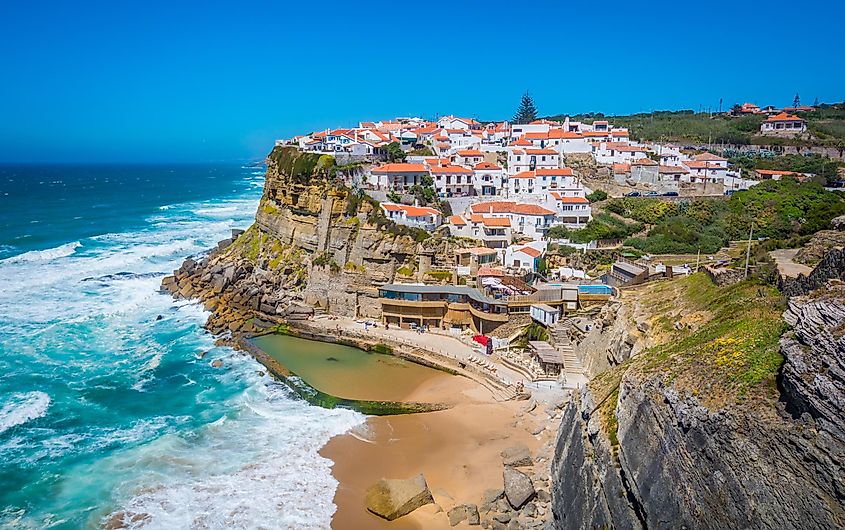
On the outskirts of Lisbon in the northwest, the municipality of Sintra is another UNESCO World Heritage Site that is definitely worth visiting. Sintra is not only charming but also showcases eclectic design elements. Viewed as the first center of European Romantic architecture, the movement started in the 1840s when Ferdinand II transformed Pena Palace from a neglected monastery, drawing inspiration from Gothic, Moorish, Egyptian, and Renaissance styles. He then surrounded his masterpiece with a Romantic park filled with fountains, ponds, cottages, chapels, and thousands of trees, including many rare and exotic species. This only scratches the surface of the cultural landscape. Other notable structures include the Sintra National Palace, the 10th-century Moorish Castle dos Mouros positioned on a cliff, the Quinta da Regaleira palace with its underground tunnels, and the Arabian-inspired Palace of Monserrate. Sintra is also located on the eastern edge of Parque Natural de Sintra-Cascais, which extends from the mountaintop Moon Temple down to the beach-lined Atlantic Coast.
Cascais
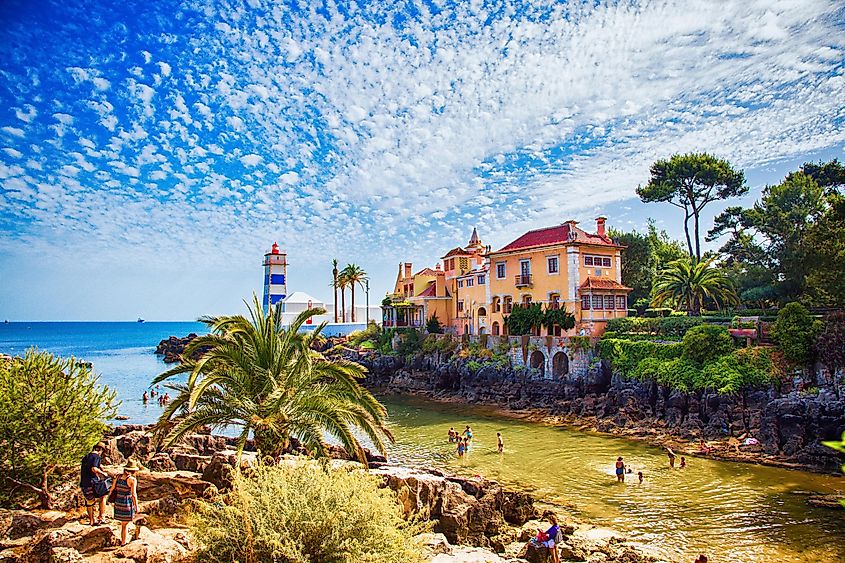
Though less than 20 kilometers (12 miles) south of Sintra and 32 kilometers (20 miles) west of Lisbon, Cascais (pronounced Kush-kyesh) remains in a world of its own. What started as a humble fishing village evolved into a summer resort by the late 19th century. It is now one of the wealthiest towns not only in Portugal but across the entire Iberian Peninsula. Thanks to the elegant mansions lining both the rugged Atlantic harbor and the cobblestone streets of the historic center, Cascais is known as the "Portuguese Riviera." Additionally, its several small beaches, mild climate, and excellent seafood restaurants attract Lisbon residents seeking brief escapes from the capital throughout the year.
Nazaré

Nazaré blends the charms of a small fishing town with the energy of a surf hub. Located on Portugal's Central Coast (an area referred to as the "Silver Coast"), within the Leiria District, Nazaré benefits from long, wide, and accessible beaches that are framed by substantial cliffs. The mile-long, boardwalk-lined Praia de Nazaré is the immediate draw, but the much longer Praia da Areeira awaits on the Northside of Nazaré's rocky peninsula. In between, the white-washed buildings (topped with the quintessentially Portuguese red-tiled roods) give the modest-sized town a modern yet traditional feel. During the summer months, the beaches fill up with sunbathers, but in recent years, the winter has brought a swell of tourism owing to some of the biggest surfable waves in the world. One of the best places to see the action is the São Miguel Arcanjo Fort atop the beach-dividing peninsula. This is also an excellent spot to gain panoramic views of the area any time of the year.
Óbidos

One of Europe's best-preserved walled medieval villages is just a half-hour drive South of Nazaré – still within the Leiria District. Óbidos is home to approximately 2,000 permanent residents but is one of the most popular cultural attractions in Portugal (thanks to its national monument designation and its being voted one of the "Seven Wonders of Portugal"). The Northern anchor point for the crenellated, walkable walls is the medieval castle, which has 9th-century Moorish roots underlying its many later reconstructions and restorations. The Castelo de Óbidos still stands proudly above the civil parish and even operates hotel rooms for modern-day tourists. The various sections of the 16th-century elevated, arched stone aqueduct give more glimpses into the past.
Sitting pretty on the Iberian Peninsula, in the far Southwest of Europe, Portugal is as charming as it gets. This sunny, relatively mild nation is replete with diverse small towns. From the paradisiacal coasts to the nourishing mountains, and from the earliest Celtic ways, through to the Roman, Moorish, and Reconquista days, and onwards into modern sophistication, these nine small towns check all the right boxes for an exotic and enchanting vacation.
